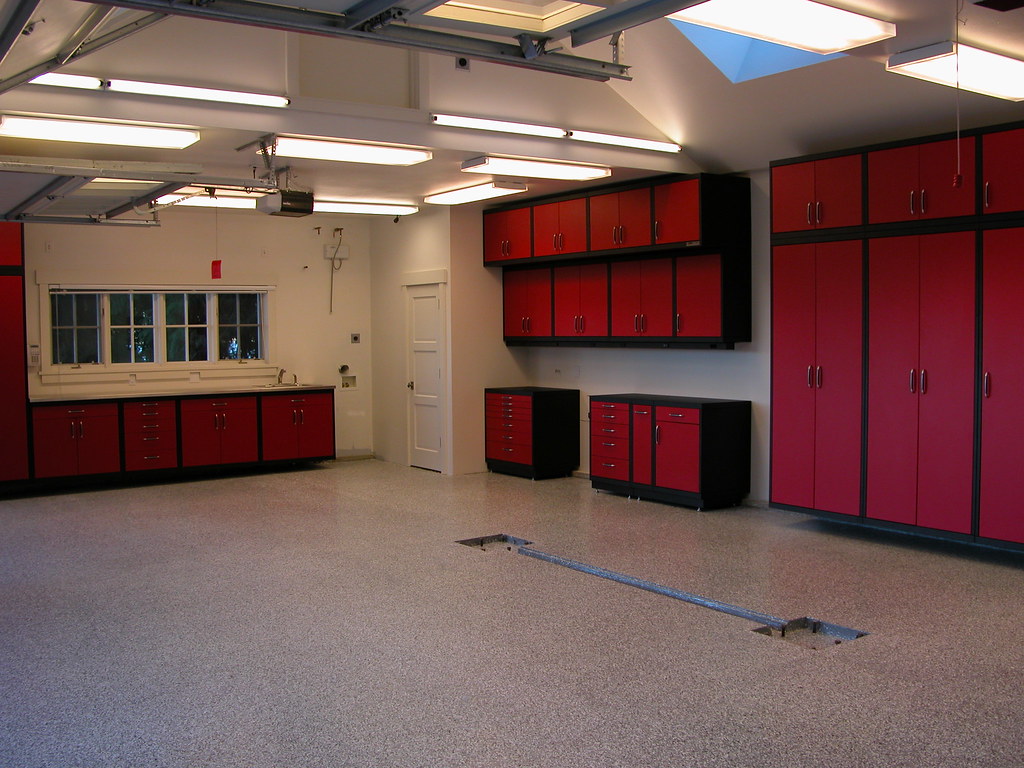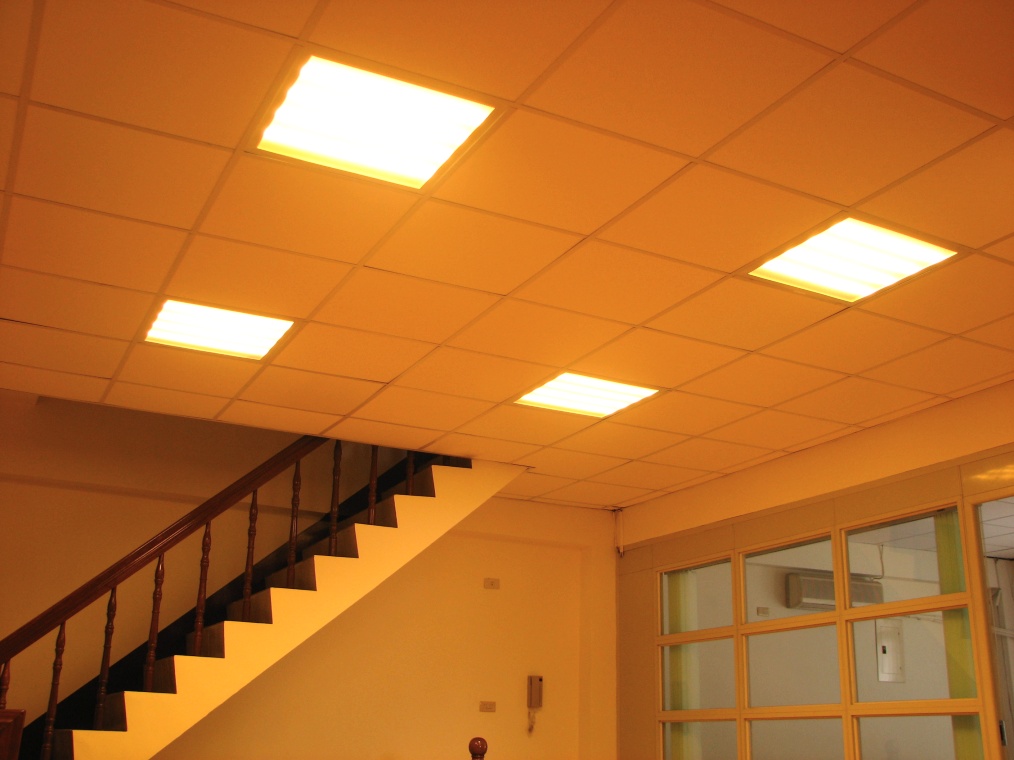
Choosing The Right Pendant Lights For Your Area
It’s all about making a statement with pendant lights. We’ve got a few helpful hints to help you choose the right pendant for your space and really give your house that WOW factor. Pendant lighting may turn an uninteresting area into a lovely inside that stimulates grandeur.
Pendant lights are a great way to instantly spruce up your space and add some beauty. They may be used in a multitude of ways, including as living artwork in spaces that exude greatness.
The possibilities for personal expression are endless with this much space for achievement. It’s crucial to choose the proper pendant for you, so we’ve compiled a shortlist of factors to consider when purchasing a new pendant light fixture to get you started.
What Is The Purpose Of This Pendant Light?
The first thing to consider is the function of the pendant in the room. Pendants are highly adaptable and may perform more than one function. Keep a specific goal in mind while choosing and stay within your intended boundaries, and don’t get too focused or far off track.
What function will your pendant perform using this list below?
- The general illumination source covers the entire area (Ambient Lighting)
- Task lighting that is more focused (Task Lighting)
- Highlight specific areas of your room (Accent Lighting)
- The colour and intensity of the bulb you select will also have an impact on the room’s overall impact.
Purpose Tips
Pendants will generally be used for ambience lighting, therefore look for one with a light diffuser or semi-opaque bulbs to avoid bright light circles being cast (not a good appearance!). As a result of this, something with a softer glow, such as a pendant with a fabric shade to diffuse the light, is an excellent choice.
If you want task lighting, consider a pendant that has an open top to prevent the light from being too harsh. Because glass or acrylic shade pendants allow for maximum light output while also delivering a focused beam of light, they’re perfect for this function.
Adding a dimmer switch to your pendant lighting is an excellent way to turn them into a versatile fixture that may be utilized for many purposes depending on the situation.

The Pendant Light In The Area
Before selecting a pendant, you should think about the size of the area. For example, here’s a helpful guide on determining the dimensions of your room for a pendant.
Pendants that are too big in a room will feel cluttered and claustrophobic, while one that is too tiny won’t function as intended.
Finally, the larger the area, the more massive the fixture should be.
Pendant Lights in a Room: Where to Put Them
Place pendants in equal parts throughout your space if you’re looking for ambient lighting.
Clustering is a method for creating a new space in the corner of a room or decorating an entrance stairwell with a waterfall of light. Our Terrors pendants, for example, are grouped together on the left.
Experiment with suspending pendants at various heights, or mix and match different types of pendants from the same collection.
Pendant Lights And Hanging Them
Finally, the most essential thing to consider while hanging pendant lights is the height above the ground.
To avoid obstructing views across the room, and causing a claustrophobic environment, hang your pendant too low. If you hang your pendant too high, it will be lost in the room. Larger lights should generally be hung higher while smaller lights may be placed lower.
A Few Tips:
Pendant lights in the kitchen sink, for example, look fantastic suspended 1.8 meters from the floor, similar to a kitchen counter/island.
If the pendant is higher than a dining table, it should be 1.6 meters (5 feet) from the floor to allow guests to see each other and converse freely while still making a big statement in the space.
Pendants with retractable cables are convenient for adjusting the height, and you may quickly convert them to any space. However, it’s crucial to start with a thorough knowledge of the size and height from the beginning.



